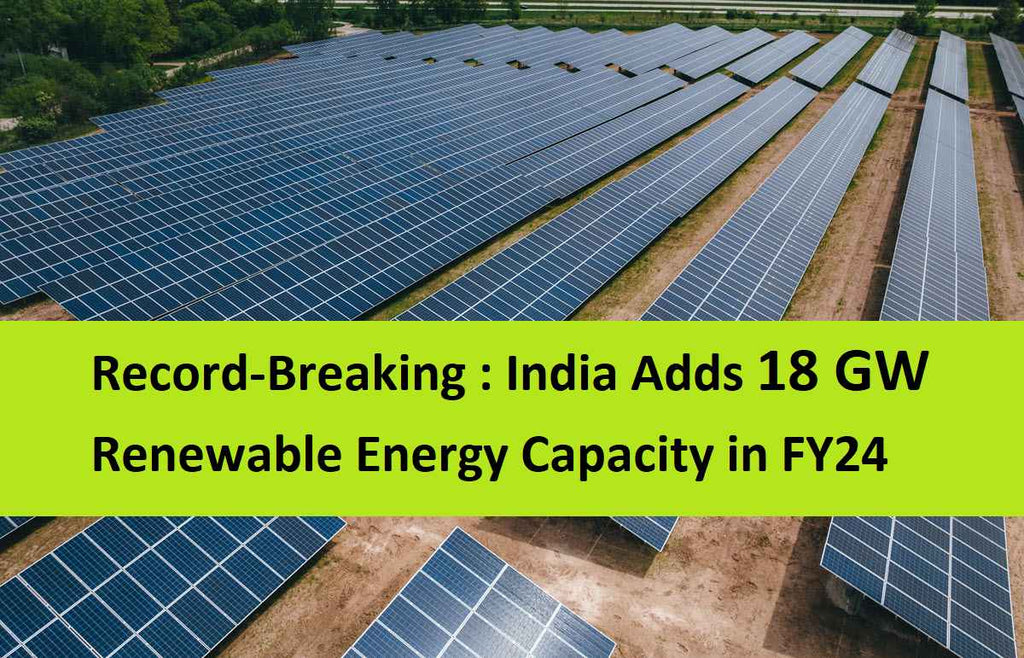Challenges Before Solarization of Rural India
4 min read
India observes around 300 sunny days a year on average, hence, considered a potential source of power in India. Governments, international organizations, societies and the private sector has shown interest in solar energy for the past few years. Jawaharlal Nehru National Solar Mission (JNNSM) aims to establish India as a global leader in solar energy and to achieve grid - parity in solar power by creating policies, aggressive Research and Development (R&D), and domestic production of critical materials for its diffusion across the country as quickly as possible. The grid-parity solar power systems are gaining popularity. India realized that running and operating a solar farm is far cheaper than running coal-based thermal power plants.
This advancement in technology has made the technology more attractive to rural homeowners. To save their money, many homeowners are considering going green these days. More than 60% of India's population lives in rural areas, so to make the plan of solarization a success, solar power should not only stay limited to metropolitan cities but also reach the rural and suburban areas. Nearly half of the households in rural India still face irregular or zero power supply due to a lack of power grid, poor transmission facilities and rising electricity costs. The growth of solar energy will also help mitigate dependence on Kerosene for lighting purposes. So, the solar power revolution using mini-grids and off-grid solar power systems can illuminate the homes of rural India. But there are various challenges before the solarization of these regions

High Initial And Replacement Expenses
Affordable electricity is the key to the economic and social development of India. Solar lamps are a quick, affordable, and effective way to provide basic lighting for households in rural areas. But, the market for solar products has been hampered by a lack of awareness and willingness to pay (WTP) for solar technology. Even if installation is offered almost free of cost, then the cost of replacement for components of the solar power system turns out to be costlier for rural households than battery replacement. It shows that their income pattern is not suited to the payments they have to make. Besides, most mini-grid projects face financial viability resulting in the discontinuation of operations.
Subsidized Kerosene
Statistics show that irregular electricity supply or the absence of an electricity grid has pushed nearly 85 million households in rural India to select kerosene as their source of lighting. Subsidizing kerosene puts an unnecessary subsidy burden on the government itself. In Addition to this, the use of kerosene can cause health-related issues and fire hazards. So that kerosene cannot compete with solar power. Government must focus on improving the solar power adoption rate within the rural areas, rather than subsidizing Kerosene. With flexible financing models, offering subsidies to reduce the burden of initial investment, simplifying the approval process, and raising awareness, the government can motivate rural households to go solar.
Supply Side Challenge
The lack of a supply chain for components and spare parts in rural locations hampers the maintenance of these solar power systems. Supply chain constraints lead to delays in repairs. If such delays are with tariff based projects, then delays lead to non-payment by the consumers which further leads to negligence from the operator. Finally, it ends up as a defunct system.
Lack of Skilled Manpower
The decentralized rooftop solar power system makes the owner of the power system more independent in terms of power generation and energy utilization. But the optimum performance of the system needs proper maintenance. Servicing these solar power systems requires technically trained personnel, lack of such skilled manpower leads to frequent stoppages of systems in rural areas, and solar PV systems are no exception. Small power generation systems are installed in rural areas to provide electricity to small villages and communities and generally last a few months before being abandoned.
Land Acquisition & Its Cost
In rural areas the land acquisition process for solar project development is unclear. Hence, the Acquisition of contiguous land parcels for a large-scale solar project is still a big challenge for most project developers. Other than this, delays in approvals and long execution times are another hurdle. Fast decision-making and simplification of the approval process will attract more investments. The Cost of acquiring the land is also very high. It constitutes about 6%-7% of a large-scale solar project and consumers have to bear it in the form of tariffs indirectly.
Lack of Trust For Performance
Despite various benefits offered by the government in the form of subsidies, direct and indirect tax benefits, etc., consumers are not ready to invest. It is because there are huge doubts and a lack of information about the performance of plants in India. The majority of the companies in the area have little or no experience as these companies are fairly new startups or mediators for foreign investors in this field, hence the gap in trust exists.
Solar Micro-Grid - Ideal Solution
A solar Microgrid is an ideal solution to all these challenges and for lighting dark communities in villages. Solar micro-grids consist of an array of Solar PV Modules that generates power and transmits it to a central controller called the Power Conditioning Unit (PCU). The PCU then carries electricity directly to homes, shops, offices, street lights, etc. In the daytime, the surplus power generated through the solar plant gets directed by PCU to the battery bank. This stored power then can be used during the night.






![[2024] Latest List of ALMM Solar Panels | MNRE Approved Solar Panels Manufacturer List](http://bluebirdsolar.com/cdn/shop/articles/list_of_almm-min-3-min_1024x1024.jpg?v=1713254602)


![[2024] Latest List of ALMM Solar Panels | MNRE Approved Solar Panels Manufacturer List](http://bluebirdsolar.com/cdn/shop/articles/list_of_almm-min-3-min_{width}x.jpg?v=1713254602)

Leave a comment